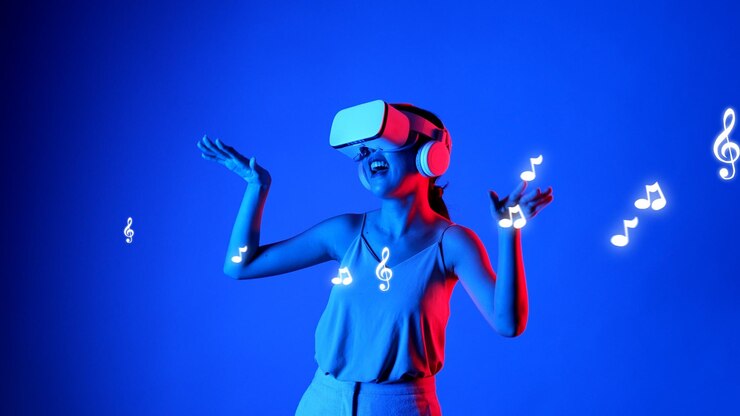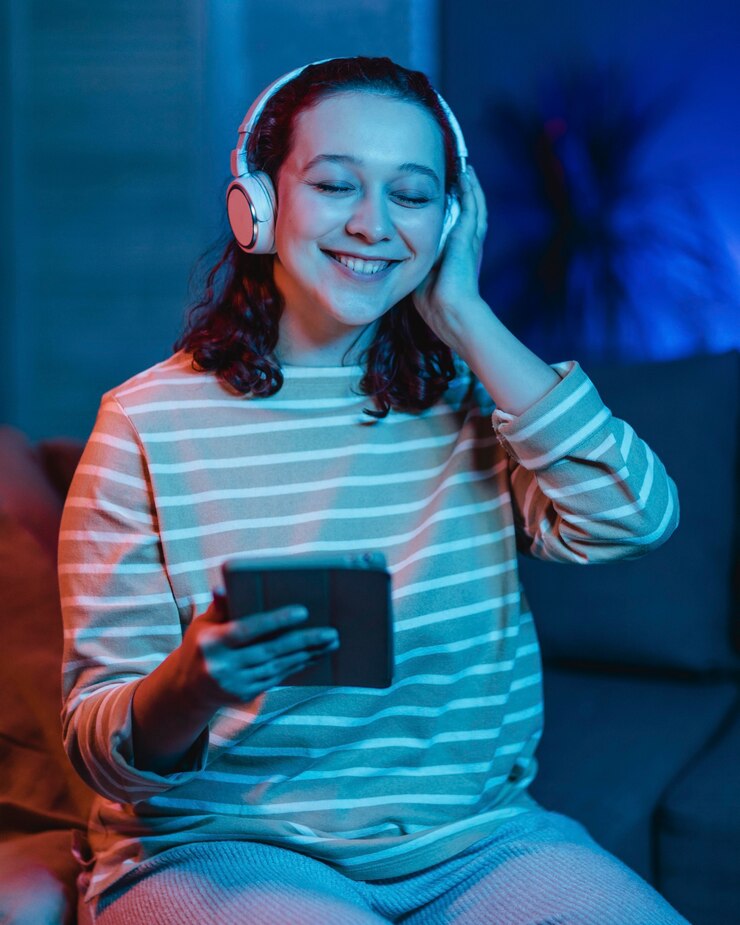Artificial intelligence has quietly become a key tool in making and sharing stories, music, games, and films. It helps creators try new ideas, speeds up work, and reaches more fans. In this post, we look at real examples of AI in entertainment. We start with how Shankar Mahadevan made a song with Google’s AI. Then we explore how AI shapes movies, animation, and games today.
AI in music: Shankar Mahadevan’s AI-made song
First, let’s see how a top singer tried AI. On May 20, 2025, Shankar Mahadevan joined Google’s I/O conference from his studio. There, he used Google’s Lyria AI music tool to make a song called “Rubaro.” He said the tool felt like opening one door and finding another room full of ideas. He added that it inspires him as a musician because he can play with beats and melodies in new ways.
Lyria 2 is part of Google’s “Music AI sandbox.” It lets pros feed in rough ideas, adjust mood and style, and then get a basic track back. Musicians can then tweak it. This cuts the time to draft a tune from days to hours. Shankar praised it for giving him fresh inputs without taking away his control over the final song.
Beyond creating demos, AI tools help with mastering. They can balance levels, adjust EQ, and even spot noise issues. For indie artists, this means they can polish tracks without costly studio sessions. Overall, AI in music opens doors to fast idea tests and lowers barriers for new acts.
AI in animation: bringing backgrounds and characters to life

Animation has long been slow and costly. Recently, studios have tried AI to speed up art work. Netflix’s anime short “The Dog & The Boy” used AI to auto-draw background art. That cut down hours of hand painting. The artists then polished the results, so the style stayed rich but got made faster.
Also, AI now helps draft character poses and walk cycles. Teams can prompt an AI to generate a rough storyboard. Then they pick the best frames and refine them. This free time lets animators focus more on acting and emotion than on drawing every frame. As a result, small teams can take on bigger projects with less budget.
Still, some artists worry AI might dull the hand-made feel of art. They ask if a machine-made background can match the depth of a human brush stroke. Yet most say AI is a tool, not a replacement. It speeds up work so creators can add personal touches at the key moments.
AI in filmmaking: from scripts to post-production
Script writing and planning
Studios now use AI to draft story ideas and scripts. A writer can feed in a logline and get back a rough outline. Then they refine it. This first draft saves time in brainstorming. At CES 2025, experts noted AI helped them plan shooting schedules by predicting scene length and set needs from the script text.
Visual effects and deepfakes
AI drives big gains in VFX. Deepfake tools can map an actor’s face onto a stunt double. Disney’s labs improved face-swapping to 1024×1024 resolution. That lets them revive classic characters or tweak scenes without reshoots. In one film, they even re-recorded actors speaking another language. They fed their voices into an AI to nail the accent and pitch. Then the editor smoothed it so local viewers felt fully immersed.
Short films and new formats
Google funds short movies that show AI as a helper, not a threat. Its “AI on Screen” project backs 15- to 20-minute films. One shows a man finding a hologram of his mom. Another dives into shared dreams. Google gives tools and experts to the filmmakers. But it does not use AI to make the film itself. That keeps the focus on real human stories aided by tech.
Ethical and legal steps
As AI gets better, law makers and unions step in. In the US, the No Fakes Act aims to ban non-consensual deepfakes. Arts groups ask for clear rules so AI helps without taking away jobs or rights.
AI in streaming and content delivery
Streaming services use AI to learn what you like. They track what you watch and when you pause or binge. Then they suggest shows you might enjoy. This keeps viewers hooked and helps new shows find an audience fast. It also helps services decide which series to make next by spotting trends in real time.
AI also auto-generates subtitles in many languages. That cuts translation costs and brings global films to more viewers. It can even match lip movements for dubbed audio so viewers feel the voice fits the actor.
AI in gaming: smarter worlds and characters
Adaptive nonplayer characters
AI has made game characters less scripted. Modern NPCs can watch how you play and change tactics. They learn from your moves so every battle feels fresh. They can also hold simple conversations, thanks to language models that match mood and context.
AI villains and heroes
Epic Games added an AI Darth Vader to Fortnite. It listens to your chat and talks back in James Earl Jones’s voice. Early on, it made a few wrong jokes. Epic fixed the filters in under an hour. Then Vader began to help players, even cheering them on. Unions like SAG-AFTRA keep an eye on such uses. They want fair deals when AI mimics a voice tied to real actors.
Conclusion
AI has joined many parts of entertainment. From Shankar Mahadevan’s test song to AI villains in games, this tech helps artists try new ideas and reach more people. It speeds up tasks, cuts costs, and sparks fresh creativity. At the same time, we must keep art human by setting fair rules and respecting creators. As AI grows smarter, we will find new ways to blend human and machine gifts. That will shape stories, music, games, and shows for years to come.

